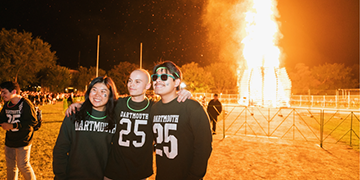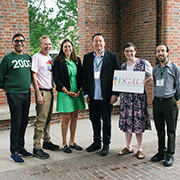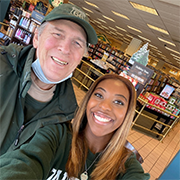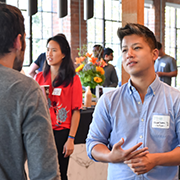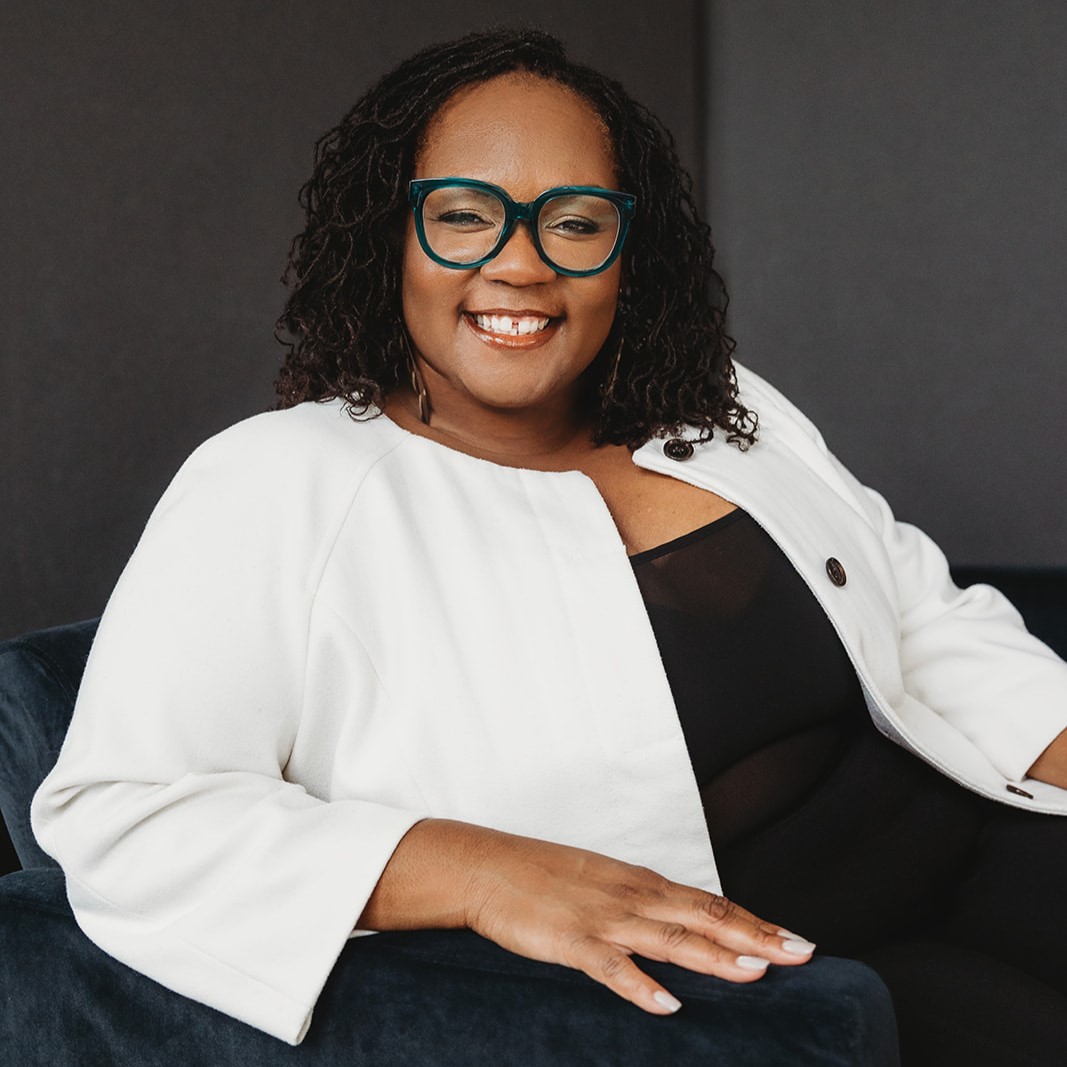From Slavery to the Civil Rights
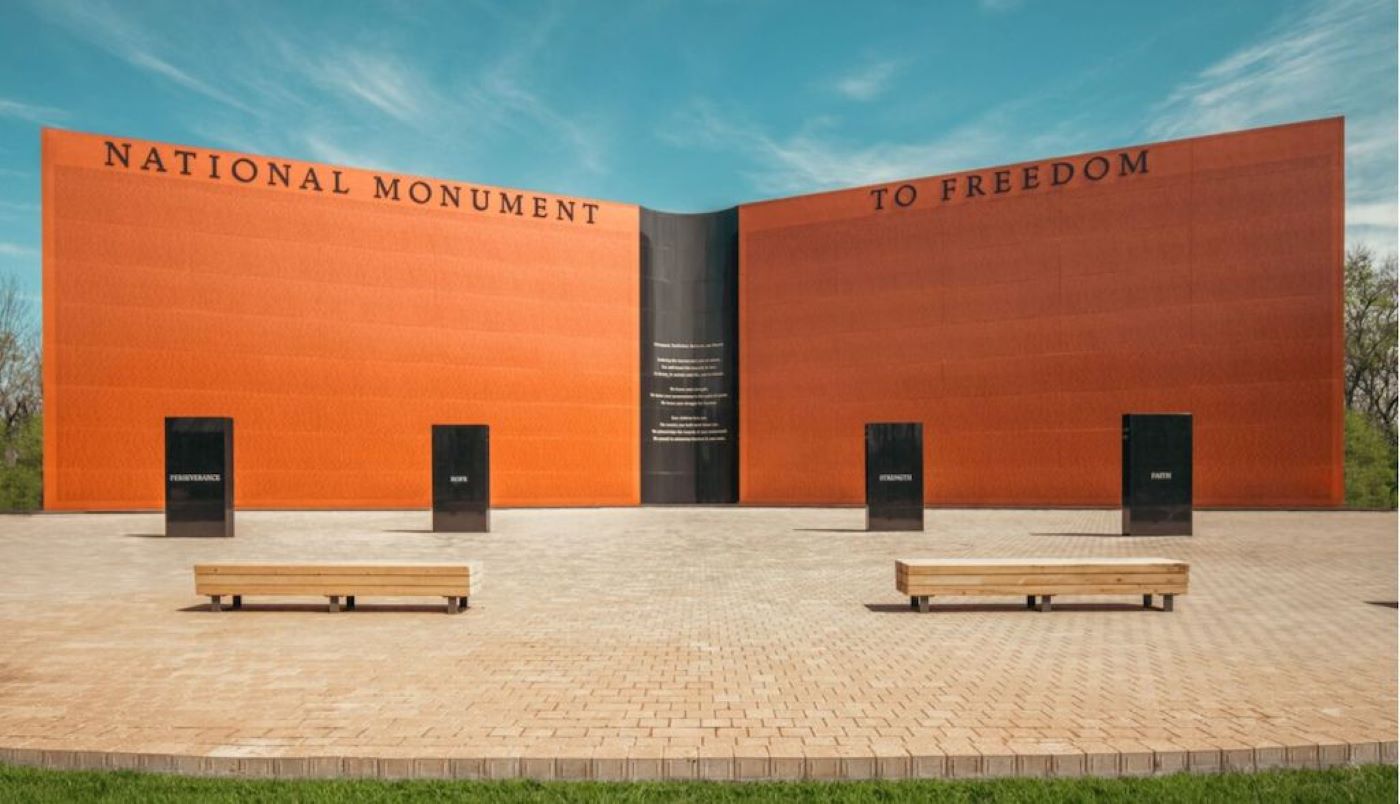
Join us as we set out to understand the legacy of slavery and its lasting effects. Disparities in wealth, education, and criminal justice can be traced back to the era of slavery and our goal, by visiting key cities and sites, is to process this history in the hope that by reexamining, we can better understand our present and build our future. Our program begins in New Orleans, the largest slave trading hub in the south, where we delve into the role of urban slavery which involved more visibility and proximity to white society. We visit Whitney Plantation which is the only plantation museum in the United States dedicated exclusively to telling the story of slavery from the perspective of the enslaved people who lived and worked there. Head north to Mobile where we visit the new Clotilda exhibit. The Clotilda was the last known slave ship to bring enslaved Africans to the United States in 1860. In 2019, the remains of the Clotilda were discovered in the Mobile River, confirming oral histories passed down by descendants of the enslaved people. Meet and have lunch with descendants of the Clotilda survivors who formed the community of Africatown. The Clotilda’s story is significant not only as a symbol of the persistence of the illegal slave trade but also because it offers a rare, documented link between African roots and African American descendants.
Close by is another community – Gees Band - founded by former slaves. This small, historically Black community in Alabama, is famous for its extraordinary quilts—bold, improvisational works of art created by generations of African American women. Drive through Selma to Montgomery where we will visit the Freedom Monument Sculpture Park which stands as a powerful tribute to the ten million Black individuals who endured enslavement in the United States. The site is a reflection of the Equal Justice Initiative’s commitment to confronting America's history of racial injustice
As we head to Savannah, stop in Tuskegee to meet with Fred Gray, the renowned civil rights attorney renowned for his pivotal role in dismantling segregation and advancing civil rights in the United States. In Savannah, a walking tour includes Johnson Square, where enslaved people were once sold at public auctions and the First African Baptist Church, one of the oldest Black congregations in North America, built by enslaved people who carved secret messages of freedom into the pews and arranged holes in the floorboards to ventilate escaped slaves hidden below.
Visit the Penn Center, located on St. Helena Island, and one of the most historically significant African American institutions in the United States. Established in 1862 as the Penn School, it was the first school in the South dedicated to educating formerly enslaved West Africans. Stop at the McCleod plantation before arriving in Charleston where the newly opened International African American Museum aims to honor the untold stories of the African American journey at one of the nation's most sacred sites—Gadsden’s Wharf, where nearly half of all enslaved Africans brought to North America first arrived.
Oct 4, 2026 - Oct 11, 2026
Louisiana, Alabama, Georgia, and South Carolina
Land based


